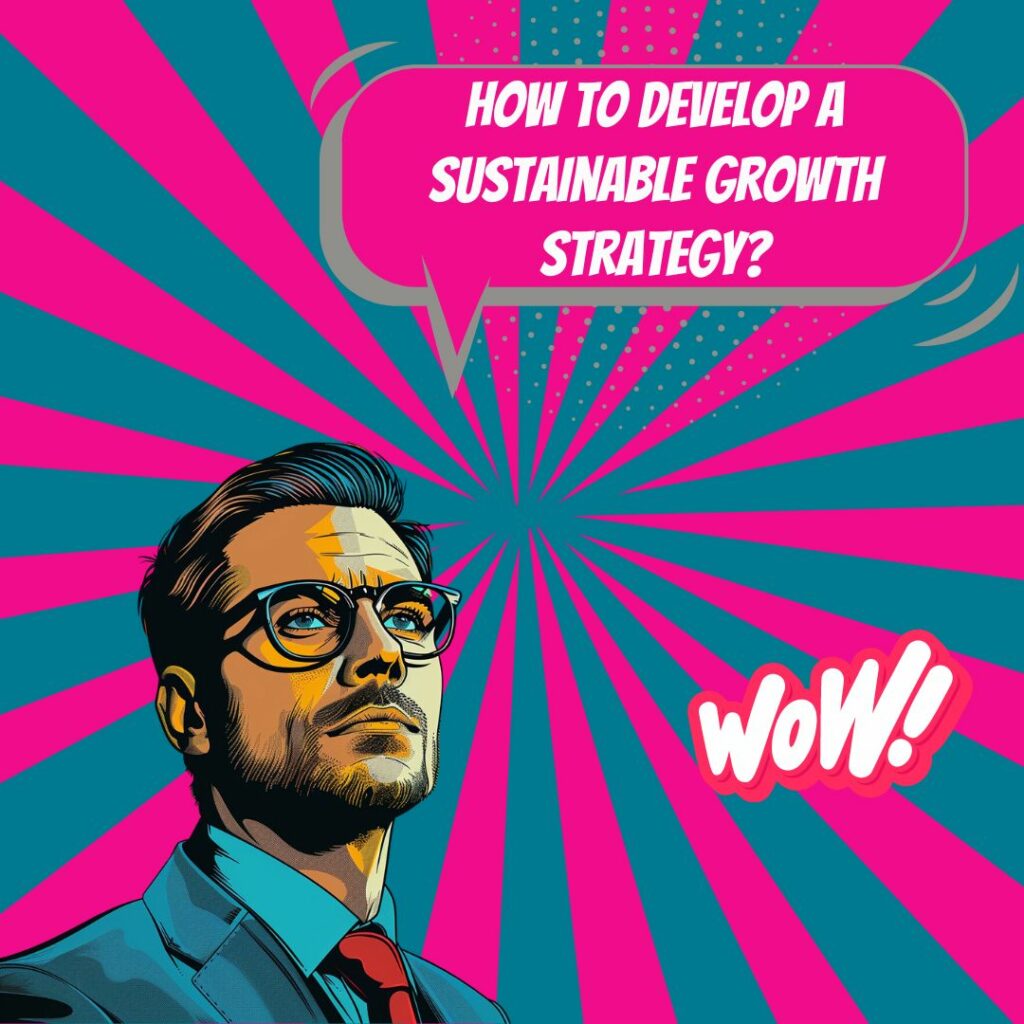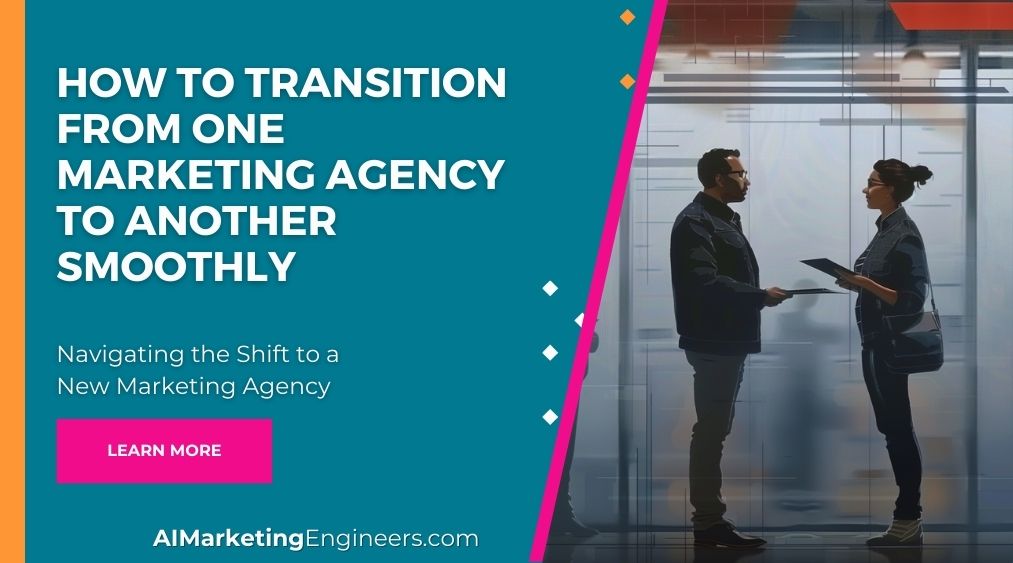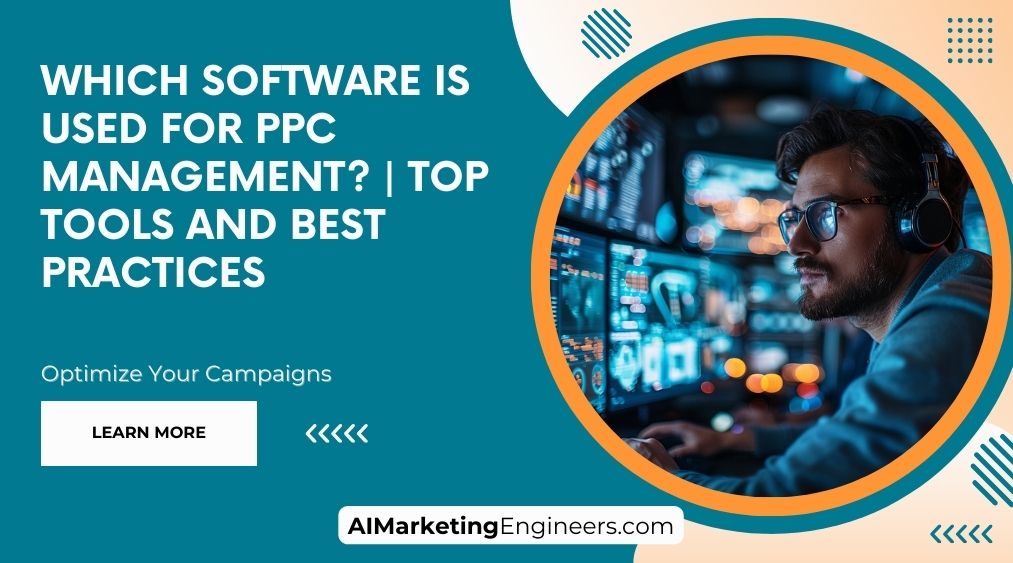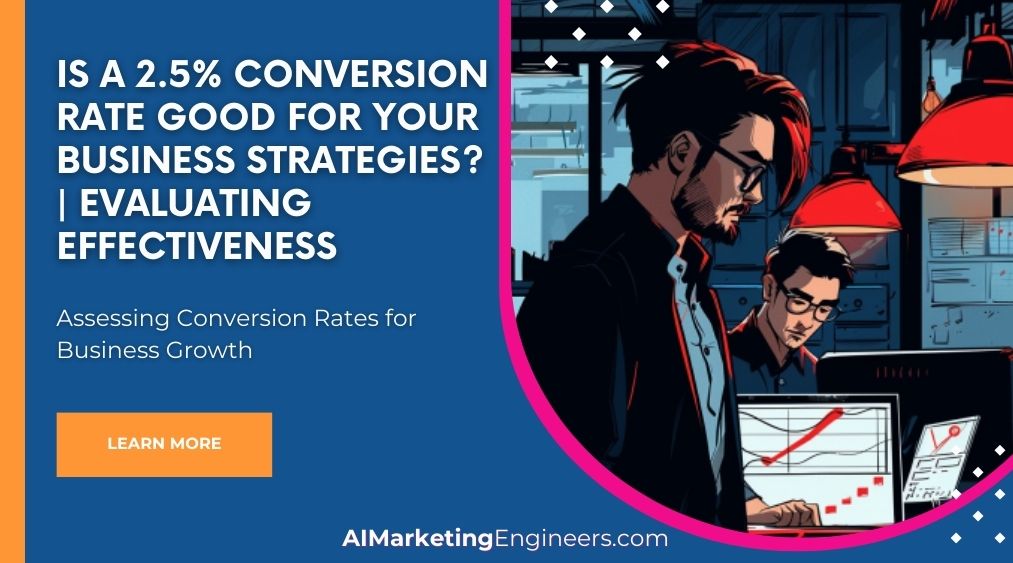Key Takeaways
✅ Establish a Unique Brand Identity: Crafting a unique brand identity is pivotal for standing out in today's crowded marketplace. Approximately 89% of marketers say brand awareness is their top goal. To achieve a sustainable growth strategy, focus on creating a mission and vision that echoes your commitment to sustainability. Design a visual brand that showcases your eco-friendly practices. Forming a genuine connection through consistent messaging across all platforms helps build trust with your audience. Aim to incorporate sustainability into every facet of your brand image, not just as an add-on.
✅ Balance Marketing Investments: Diversifying your marketing strategies is key to sustained growth, with successful companies allocating around 10% of their revenue to marketing. It’s crucial to strike a balance between reaching new customers and nurturing existing ones. Employ a blend of tactics that address every stage of the customer journey—from awareness to loyalty. Consistently testing and adjusting your mix of tactics based on performance data allows you to find the most effective approach for your business, ensuring long-term success.
✅ Emphasize Data-Driven Decision Making: In today’s digital age, data is king. Companies that leverage customer data can outperform their competitors by 85% in sales growth. Data-driven decision-making enables you to refine your strategies, enhance operational efficiency, and reduce wastage. Implement technology solutions that gather and analyze data, offering insights into customer behavior, market trends, and the effectiveness of your marketing strategies. Regular updates to your strategy, informed by the latest data, will help secure your business's future.
 Introduction
Introduction
Why does Creating a Sustainable Growth Strategy matter now more than ever? In a world where consumers are increasingly looking for responsible and sustainable business practices, positioning your business for long-term success involves more than just maximizing immediate profits. It's about integrating sustainable principles into every aspect of your operations and marketing strategy, ensuring not just survival, but thriving in a fast-evolving landscape.
This article delves into the core of sustainable growth, presenting modern trends, innovative perspectives, and actionable insights designed to maximize your revenue and return on investment. Whether you're aiming to refine your brand identity, reevaluate your marketing investments, or embrace data-driven decision-making, we've got groundbreaking information that promises to revolutionize the way you approach growth. Stay tuned for a deep dive into strategies that will not only elevate your business but also contribute positively to the planet and society.
Top Statistics
| Statistic | Insight |
|---|---|
| 98% of S&P 500 companies published a sustainability report in 2022 | This shows a near-universal recognition among large companies that sustainability is central to their business strategy. |
| 84% of CxOs believe global economic growth and sustainability goals can be achieved together | Highlights the shift in leadership thinking towards sustainability as a driver for growth, not a hindrance. |
| Over 8,000 companies and countries aim for net zero by 2050 | Reflects a global consensus and ambition to address climate change at scale, underscoring the importance of a long-term commitment. |
| Businesses embracing data-driven decision making saw a 6% increase in profitability | Demonstrates the tangible benefits of leveraging data analytics not just for operational efficiency but also for sustainable growth and profitability. |
| Companies excelling in sustainability, ESG, and growth outperform peers | Confirms that integrating sustainability deeply into business models is not just good for the planet but is also a competitive advantage. |
Understanding What Sustainable Growth Really Means
When we talk about sustainable growth, it's all about charting a path forward that doesn't just aim for quick wins but looks decades into the future. This concept takes the planet and people into account, ensuring that as businesses expand, they’re not stepping on the environment or society to get there. But how do you weave sustainability into your growth strategies while still hitting those crucial profit milestones? It begins with balancing your act – expanding your markets and product lines without causing harm, and possibly even bringing benefits, to our world and its inhabitants.
The Building Blocks of a Sustainable Growth Game Plan
At the core, your sustainable growth strategy is anchored in a few critical elements: identifying focus areas, setting clear objectives, monitoring progress through Key Performance Indicators (KPIs), and rolling out specific projects to hit those targets. It seems simple on paper, but the devil's in the details. How do you decide which products or markets are "sustainable"? And once you've set your sights on a goal, how do you measure your progress in a meaningful way? It’s about making those objectives as real and measurable as possible – think along the lines of reducing carbon footprint, improving employee welfare, or enhancing community engagement.
Crafting a Strategy That Stands the Test of Time
Strategy is your roadmap, but a comprehensive growth strategy doesn’t just focus on "where" you want to go; it’s equally about "how" you get there. Start with defining your growth goals. Whether it’s expanding your customer base, growing your revenue, or entering new markets, these goals should reflect both your ambition and your commitment to sustainability. From there, reevaluating your brand identity to ensure it aligns with these goals is crucial. Why? Because in today’s market, a brand that stands for something can be a powerful differentiator. Lastly, staying on top of industry trends and competitive movements can help you spot opportunities that align with your sustainable growth objectives.
Putting Your Plan into Action
Ideas are great, but execution is where the rubber meets the road. A strategic template can serve as a handy guide, ensuring your growth efforts aren't just shots in the dark but are well-thought-out steps towards your targets. This execution phase is where you choose targeted areas of growth, conduct thorough market research, and set tangible growth goals. But remember, resources and tools are your friends here. Whether it's digital tools for automation or methodologies for efficient project management, having the right toolkit can turn your strategy into reality.
Measuring Success and Making Necessary Tweaks
Finally, no strategy should be set in stone. The ability to track progress against your KPIs and objectives is what turns a good plan into a great one. This constant cycle of measuring, adjusting, and improving ensures that your growth strategy remains relevant and impactful. Whether market conditions shift, new technologies emerge, or customer preferences evolve, being ready to tweak your strategy keeps you on the path to sustainable growth.
By integrating these principles into your business practices, the quest for sustainable growth becomes more than just a buzzword—it turns into a tangible, actionable plan that not only drives profitability but also contributes positively to the world. The question then becomes, are you ready to take on this challenge?
AI Marketing Engineers Recommendation
Recommendation 1: Emphasize user experience in your Sustainable Growth Strategy: Studies have shown that businesses that prioritize the user experience (UX) see a significant impact on their growth. For instance, a Forrester report highlighted that improving UX design can lead to a conversion rate increase of up to 400%. In the digital age, where choices are plentiful and attention spans are short, ensuring your website, app, or service is user-friendly can be a game-changer. This means simple navigation, quick loading times, and accessible content for all users.
Recommendation 2: Leverage data analytics for customer insights: We're living in the age of data, with IDC forecasting that worldwide data will grow 61% to 175 zettabytes by 2025. This unprecedented access to data enables businesses to deeply understand their customers' needs, preferences, and behaviors. By employing advanced data analytics, businesses can identify patterns and trends that can inform a Sustainable Growth Strategy, allowing for adjustments to product offerings, marketing methods, and customer service approaches that align with actual customer behavior and preferences.
Recommendation 3: Adopt sustainable and ethical business practices: More than ever, consumers are valuing sustainability and ethics in the businesses they support. According to a Nielsen report, 66% of consumers would spend more on a product if it comes from a sustainable brand. Incorporating sustainable practices isn't just good for the planet—it's good for business too. This could mean anything from reducing waste in your packaging, sourcing materials ethically, or committing to fair labor practices. Demonstrating genuine commitment to sustainability can help build brand loyalty, attract new customers, and ensure your business's practices are future-proof.
Conclusion
Crafting a sustainable growth strategy is more than just a business necessity; it's a commitment to responsible and forward-thinking leadership. The journey towards sustainable growth requires more than ambition; it calls for a careful blend of strategic planning, environmental consciousness, and societal value. By defining sustainable growth, businesses can align their ambitions with the well-being of both the planet and society, ensuring that their growth doesn't come at a cost to future generations.
Central to this approach are the key components of a sustainable growth strategy—focus areas, SMART objectives, measurable KPIs, and practical projects. These elements serve not just as a roadmap but also as a measure of accountability, guiding businesses towards meaningful progress. Coupled with an understanding of how to develop a comprehensive growth strategy, companies can outline their growth goals clearly and adaptively, ensuring that they remain responsive to both market trends and sustainability principles.
Moreover, implementing and executing the growth strategy with precision and adaptability marks the difference between mere planning and actual progress. Using growth strategy templates, targeting areas of growth, and leveraging technology and partnerships, businesses can execute their strategies effectively while staying true to their core values. Measuring and adjusting growth, then, becomes a continuous cycle of improvement, emphasizing that sustainable growth is not a one-time achievement but a perpetual commitment. Tracking progress against KPIs and objectives allows businesses to stay on course or pivot as necessary, ensuring that their growth strategies remain relevant and responsible.
In closing, the essence of creating a sustainable growth strategy lies in its potential to drive businesses towards not just economic success, but environmental stewardship and social responsibility. As we look towards a future where businesses play a crucial role in shaping our world, the call to action is clear: adopt sustainable growth strategies that not only benefit your company but also contribute positively to our planet and society. The time to act is now, with clarity of purpose, steadfast commitment, and an unwavering focus on sustainability.
FAQs
Question 1: What defines growth for my company?
Answer: Growth can take various forms, including revenue, profit, market share, or environmental sustainability. It is essential to define what growth means for your company to develop a tailored strategy.
Question 2: How do you define sustainability and its significance in a business strategy?
Answer: Sustainability refers to a company's ability to meet its present needs without compromising the ability of future generations to meet their own needs. It is critical in business strategy as it enhances long-term success, profitability, and social responsibility.
Question 3: What are the key components of a credible sustainability target?
Answer: A credible sustainability target involves leadership alignment, governance frameworks, stakeholder engagement, and clear timelines. It also requires a thorough understanding of emissions footprints and the ability to set attainable science-based targets.
Question 4: How can organizations align internal stakeholders to drive impactful sustainability goals?
Answer: Alignment involves cascading the message of prioritizing sustainability goals, establishing governance structures, and engaging stakeholders through clear communication and data-driven decision making.
Question 5: What are the challenges in building a holistic sustainability strategy?
Answer: Challenges include stakeholder involvement, data management, and aligning sustainability goals with business objectives. Effective communication, stakeholder engagement, and data analysis are crucial in overcoming these challenges.
Question 6: How does sustainability align with business goals?
Answer: A successful sustainability strategy must align with the company's overall business goals, balance the triple bottom line (environmental, social, and economic), and have senior leadership support.
Question 7: What are the essential questions to ask when building a sustainability strategy?
Answer: Key questions include defining growth, aligning sustainability with business goals, assessing willingness to invest, and considering industry-specific challenges.
Question 8: How can companies overcome common misconceptions about sustainability strategies?
Answer: Misconceptions can be addressed by presenting data and case studies that demonstrate the positive impact of sustainability initiatives on profitability and the environment.
Question 9: What are the key elements of a successful sustainability program?
Answer: A successful program involves aligning sustainability with business goals, investing in sustainability initiatives, transparent communication, and industry-specific considerations.
Academic References
- Anderson, J. & Billou, N. (2007). Serving the world's poor: innovation at the base of the economic pyramid. Journal of Business Strategy, 28(2), 14-21. This study underscores the potential for small and medium-sized enterprises (SMEs) to achieve sustainable growth through innovation and strategic internationalization, emphasizing the need for adaptability in global markets.
- Santos, D. F. L., Basso, L. F. C., Kimura, H., & Kayo, E. K. (2014). Strategies for Sustainable Growth. International Journal of Global Business and Competitiveness, 9(1), 44-56. This paper dives into the dynamics of company growth, exploring how firms strategize for long-term sustainability by analyzing different variables influencing their growth pathways.
- Porter, M. E., & Kramer, M. R. (2011). Creating Shared Value. Harvard Business Review, 89(1/2), 62-77. Focused on the concept of shared value, this groundbreaking article lays a foundation for understanding sustainable growth strategies through societal improvement, arguing for business models that directly connect company success with social progress.
- Zollo, M., Minoja, M., & Coda, V. (2018). Toward an Integrated Theory of Strategy. Strategic Management Journal, 39(6), 1753-1778. This scholarly work highlights the importance of integrating growth strategy with capability development, urging firms to institutionalize a culture that fosters long-term growth while adapting to environmental and societal changes.
- Holliday, C. O., Schmidheiny, S., & Watts, P. (2002). Walking the Talk: The Business Case for Sustainable Development. Greenleaf Publishing. This book details how companies like DuPont have moved towards sustainable growth practices, focusing on how businesses can thrive by redefining their strategies to be more environmentally responsible and resource-efficient.












